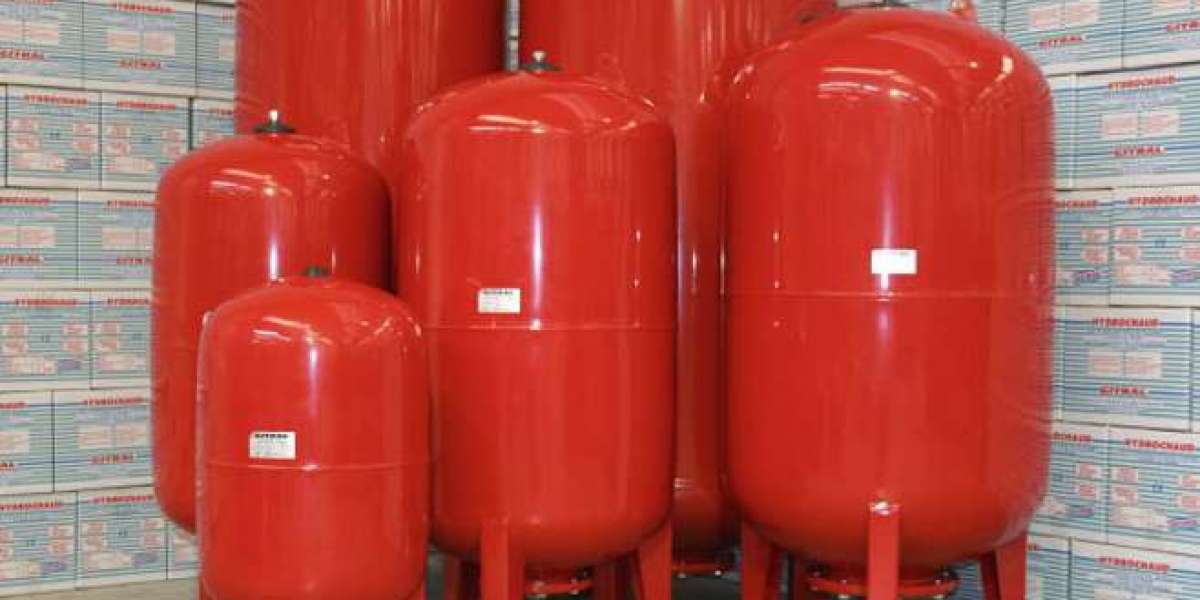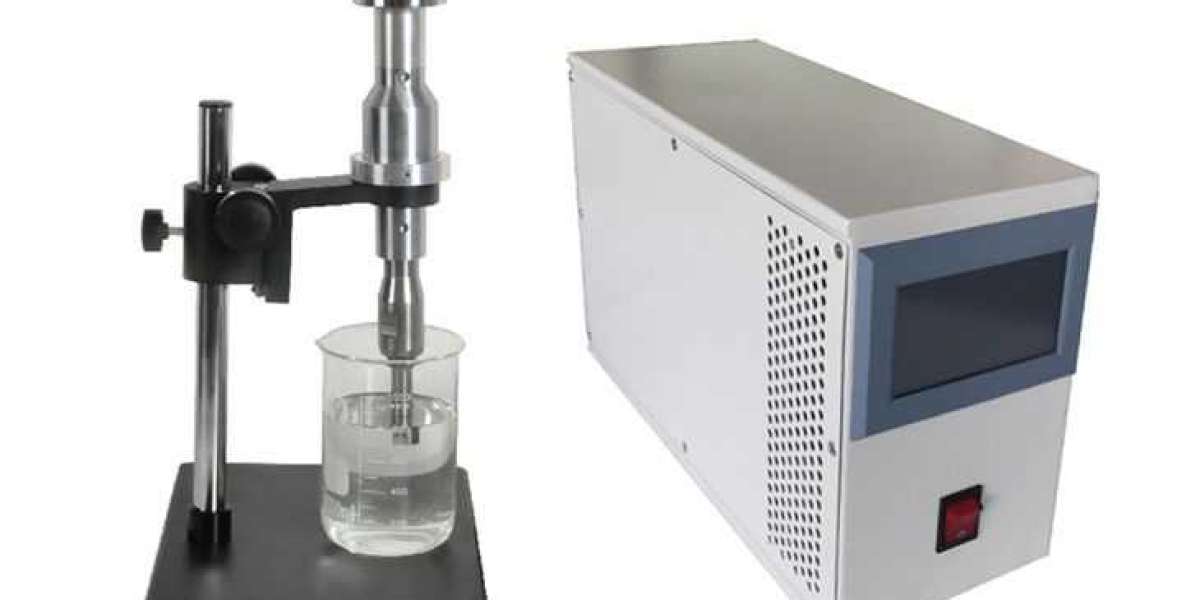When it comes to maintaining a well-functioning heating and cooling system, one of the key components often overlooked is the expansion tank. Not only does it play a crucial role in ensuring the efficiency of your system, but it also helps prevent potential damage that could lead to costly repairs. Understanding the importance of an expansion tank, its role, and how it works can save you money and ensure your system runs smoothly.
In this blog post, we'll explore everything you need to know about expansion tanks. Whether you're a homeowner looking to maintain your HVAC system or a DIY enthusiast eager to learn more, this comprehensive guide will provide you with valuable insights and practical tips. Let's get started!
What Is an Expansion Tank?
An expansion tank, also known as an expansion vessel, is a small but essential part of any heating or cooling system. It is designed to absorb excess pressure created by the heated water or thermal fluid in the system. When water heats up, it expands. Without an expansion tank, this extra volume could cause significant pressure increases, leading to damage in the system's components, including pipes and valves.
Why Are Expansion Tanks Important?
Expansion tank play a critical role in maintaining a stable pressure within your heating or cooling system. By absorbing the excess pressure created by the expanding water, they prevent potential damage to the system. This not only ensures the longevity of your equipment but also contributes to its overall efficiency. Properly functioning expansion tanks help maintain the optimal performance of your heating and cooling systems, providing you with consistent comfort and peace of mind.
How Does an Expansion Tank Work?
The operation of an expansion tank is relatively simple yet highly effective. It consists of two chambers separated by a diaphragm or bladder. One chamber contains air, while the other is connected to the system's water supply. When the water in the system heats up and expands, the excess volume is directed into the expansion tank. The air chamber compresses, absorbing the increased pressure and maintaining a stable environment within the system.
Types of Expansion Tanks
There are different types of expansion tanks designed for various applications. The most common types include:
Bladder Expansion Tanks: These tanks feature a bladder or diaphragm that separates the air and water chambers, providing efficient pressure absorption.
Diaphragm Expansion Tanks: Similar to bladder tanks, these tanks use a diaphragm to separate the air and water chambers, ensuring reliable pressure regulation.
Compression Expansion Tanks: These tanks rely on a simple air cushion to absorb pressure changes, making them suitable for smaller systems.
Choosing the Right Expansion Tank for Your System
Selecting the appropriate expansion tank for your heating or cooling system is crucial for optimal performance. Factors to consider include the system's size, capacity, and specific requirements. Consulting with a professional HVAC technician can help you determine the right type and size of expansion tank for your needs. They can assess your system's specifications and recommend the best solution to ensure efficient pressure regulation and system longevity.
Installation of Expansion Tanks
Proper installation of expansion tanks is essential for their effective operation. It is recommended to have a qualified technician handle the installation to ensure it is done correctly. The technician will carefully position the tank, connect it to the system, and perform necessary tests to verify its functionality. A well-installed expansion tank will provide reliable pressure absorption, contributing to the overall efficiency and performance of your heating or cooling system.
Common Issues and Troubleshooting
Like any other component, expansion tanks can experience issues over time. Some common problems include:
Leaking: A leaking expansion tank can lead to reduced pressure regulation and potential damage to the system. Regular inspections can help identify and address leaks promptly.
Waterlogging: If the air chamber loses its charge, the tank may become waterlogged, compromising its ability to absorb pressure. Recharging the air chamber can resolve this issue.
Bladder or Diaphragm Failure: Over time, the bladder or diaphragm inside the tank may deteriorate or rupture. Replacing the faulty component can restore the tank's functionality.
Maintenance Tips for Expansion Tanks
To ensure the longevity and optimal performance of your expansion tank, regular maintenance is essential. Here are some maintenance tips to keep in mind:
Inspect for Leaks: Regularly check for any signs of leaks around the tank and its connections. Addressing leaks promptly can prevent further damage.
Monitor Pressure Levels: Keep an eye on the system's pressure levels and ensure they remain within the recommended range. Any significant fluctuations may indicate an issue with the expansion tank.
Test Air Charge: Periodically test the air charge in the tank's air chamber. Recharging the air if necessary can help maintain proper pressure absorption.
Benefits of Using Expansion Tanks
The use of expansion tanks offers numerous benefits for your heating or cooling system, including:
Pressure Regulation: Expansion tanks effectively regulate pressure, preventing potential damage to the system's components.
System Efficiency: By maintaining stable pressure levels, expansion tanks contribute to the overall efficiency of the system, ensuring optimal performance.
Longevity: Proper pressure regulation helps extend the lifespan of your heating or cooling system, reducing the need for frequent repairs or replacements.
Frequently Asked Questions About Expansion Tanks
Q1. How often should I check my expansion tank?
A1. It is recommended to inspect your expansion tank at least once a year or during routine system maintenance. Regular checks can help identify any potential issues early on.
Q2. Can I install an expansion tank myself?
A2. While it is possible to install an expansion tank yourself, it is highly recommended to hire a professional HVAC technician for proper installation and to ensure optimal performance.
Q3. How long do expansion tanks typically last?
A3. The lifespan of an expansion tank can vary depending on factors such as usage, maintenance, and quality. On average, a well-maintained expansion tank can last between 5 to 10 years.
The Role of Expansion Tanks in Different Systems
Expansion tanks are not limited to residential heating and cooling systems. They are also used in various industrial and commercial applications, including:
Hydronic Heating Systems: Expansion tanks are commonly used in hydronic heating systems to absorb pressure changes and maintain system stability.
Chilled Water Systems: In chilled water systems, expansion tanks help regulate pressure fluctuations caused by temperature changes, ensuring efficient operation.
Boiler Systems: Expansion tanks play a vital role in boiler systems, preventing pressure buildup and protecting the system from potential damage.
Importance of Professional Guidance
When it comes to selecting, installing, and maintaining expansion tanks, seeking professional guidance is crucial. HVAC technicians have the expertise and knowledge to assess your system's needs accurately. They can recommend the right type and size of expansion tank, ensure proper installation, and provide valuable maintenance tips to keep your system running smoothly.
Conclusion
Expansion tanks are an indispensable component of heating and cooling systems, playing a vital role in pressure regulation and system efficiency. By understanding their function, choosing the right tank, and performing regular maintenance, you can ensure the longevity and optimal performance of your system.







